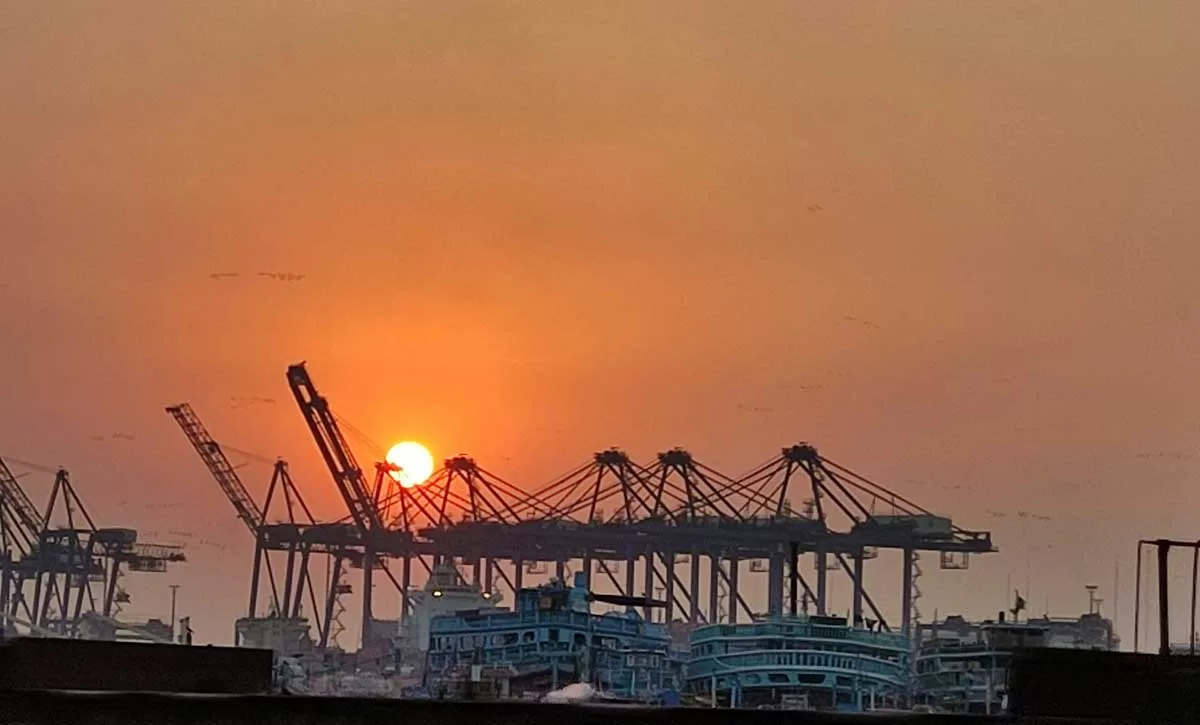China-Pakistan Economic Corridor (CPEC), a cornerstone of China’s Belt and Road Initiative (BRI), was initiated by the two countries on July 5, 2013 in Beijing during the visit of Pakistan’s PM to China with the vision of enhancing regional connectivity, trade, and economic development. Over last decade, this visionary partnership has evolved into a transformative framework for Pakistan’s growth, reshaping economic landscape and infrastructure.
From Vision to Reality: The Development of CPEC
CPEC began as a $46 billion project and has grown to encompass projects worth more than $62 billion. It covers the area of infrastructural growth, energy production, industrial partnership, as well as the enhancement of Gwadar Port – an important part of Pakistan’s economic resurgence.
Early Harvest Phase (2013-2018)
During this initial phase, focus was on addressing Pakistan’s critical energy shortages and upgrading transport infrastructure. Key achievements included:
- Energy Projects: The construction of over 3,000 MW of power plants consisting of Sahiwal Coal-Fired Power Plant and Port Qasim Coal Power Project.
- Infrastructure Upgrades: Modernization of the Karakoram Highway and completion of the 1,320 MW Hub Power Plant.
- Mass Transit: The launch of the Orange Line Metro Train in Lahore, Pakistan’s first urban mass transit system.
Expansion Phase (2019-2023)
This phase focused on promoting industrial partnership and social sectors growth. Milestones included:
- Operationalization of Gwadar Free Zone.
- Establishment of Special Economic Zones (SEZs) such as Rashakai and Allama Iqbal Industrial City.
- Construction of Gwadar Eastbay Expressway, enhancing connectivity between Gwadar Port and the national highway network.
Next-Stage Development (2023 and Beyond)
The third phase covers sustainable development, technology and agriculture. Proposed projects include:
- ML-1 Railway Upgrade: Upgrading railway infrastructure to enhanced freight and passenger transport.
- Expansion of Gwadar’s Deep-Sea Port facilities.
- Renewable Energy Projects: Supporting Pakistan’s transition to green energy.
Transformative Impacts of CPEC
Infrastructure Development
CPEC has greatly transformed Pakistan’s road and transport networks, with more than 1,500 kilometers of highways constructed, including the Multan-Sukkur Motorway and Hazara Motorway. Gwadar Port, now a fully operational deep-sea facility, has become a vital trade hub capable of handling significant cargo volumes.
Energy Security
CPEC has contributed towards improvisation of power plants and has contributed over 5,320MW to Pakistan energy system while diversifying energy sources. Major contributions include:
- Sahiwal Coal Power Plant: 1,320 MW.
- Port Qasim Power Plant: 1,320 MW.
- Quaid-e-Azam Solar Park: 400 MW.
Economic Growth and Industrialization
CPEC has played positive role in Pakistan’s economy approx. 1.5% increase in country’s annual GDP growth. SEZs development has attracted foreign investment and increased industrial output and created jobs. Like, Rashakai SEZ alone is expected to create more than 50,000 jobs.
Trade Expansion and Regional Connectivity
CPEC has presented new trade routes opening Pakistan to China’s Xinjiang province and Central Asia. By 2030, Gwadar Port projected to produce $10 billion exports annually enhancing Pakistan’s global trade footprints.
Social and Human Development
The second phase of CPEC has been oriented towards education, technology and healthcare. There are many examples of human capital development, for instance scholarships for the Pakistani students to study in Chinese universities or vocational training centers have enhanced human capital. Development projects like Gwadar Desalination Plant confronting crucial local requirements.
Future Outlook
It is important to ensure that CPEC continues to move forward into its second decade of investment. Strategic priorities include addressing governance challenges, ensuring equitable development across provinces, and completing high-profile projects like the ML-1 railway upgrade and additional SEZs.
CPEC has undoubtedly been a game-changer for Pakistan and has brought revolutionary changes in almost all the sectors of the country including energy, trade, and industrialization. If proper planning has been done, the long term benefits of CPEC can be achieved, which can make Pakistan a strong economic power of the region.
Conclusion
CPEC’s ten-year journey stands as a clear example of how collaborative efforts can fuel economic development. Of course, challenges have been part of the process, but the progress achieved speaks volumes about the power of strategic partnerships. Now, as CPEC steps into a new phase, it continues to inspire hope for a brighter, more prosperous future for Pakistan and the region.
